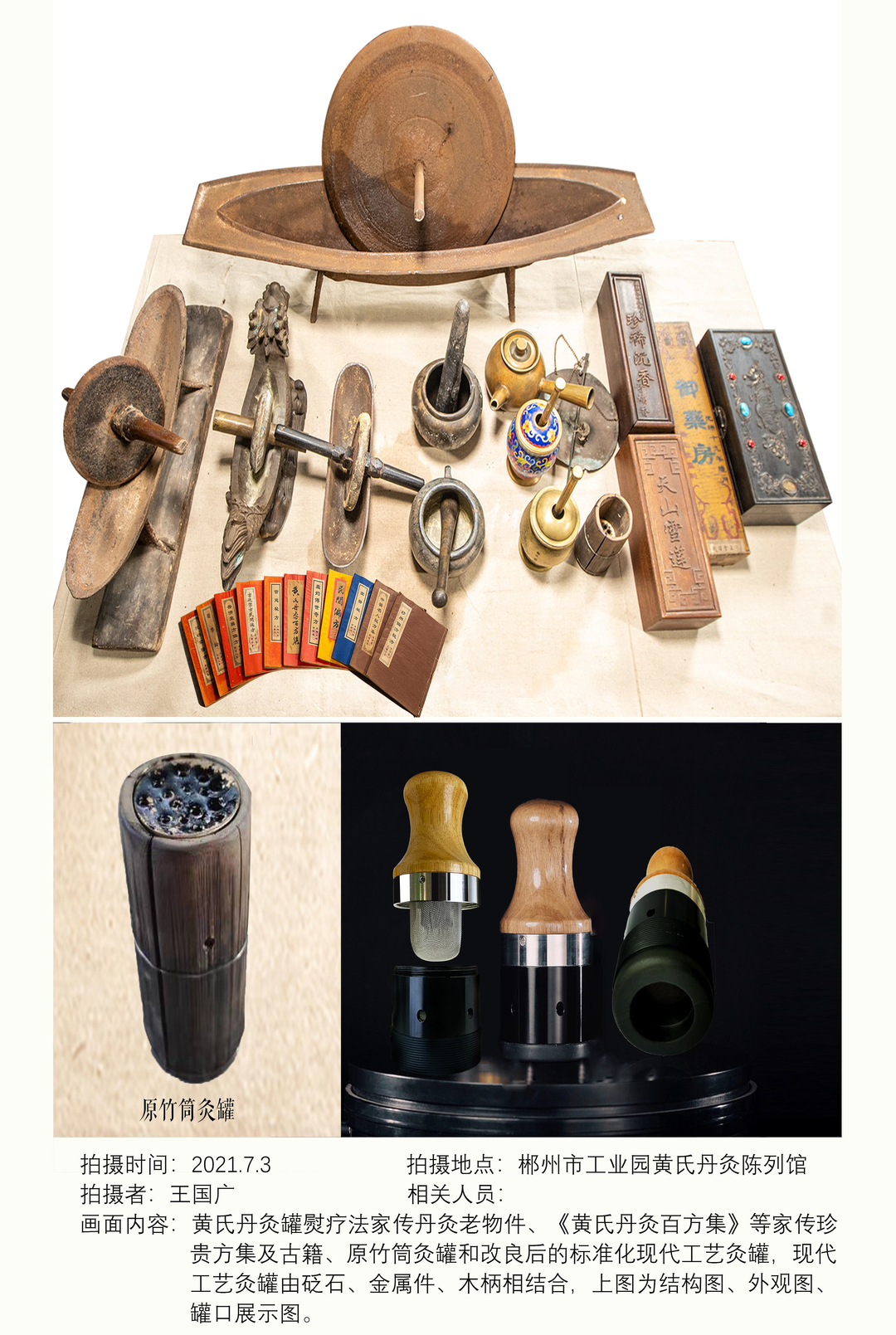Huang’s moxa-pot cauterizing therapy
2023-08-04 15:30:42
Huang’s moxa-pot cauterizing therapy is a traditional medical project characterized by natural physical cauterizing cure. It uses a specially-made bamboo stone pot as a cauterizing tool, with pills and moxa filled into the moxa-pot to cauterize the body skin.
It originated in Chenzhou, where the local people suffered from cold and damp paralysis in the past. During the historical practice of fighting against the disease, many traditional Chinese medicine projects were cultivated, including Huang’s moxa-pot cauterizing therapy.

Huang’s moxa-pot cauterizing therapy has been handed down from generation to generation for more than 270 years since it was founded by the first generation of Huang’s founder during the Qing Dynasty (Jiaqing period). It has been passed down for six generations till now.
According to the principle of acupuncture, it has formed more than 180 prescriptions of pills and 30 plus cauterizing methods, which show people’s practice and creativity in the traditional natural cauterizing therapy of Chinese medicine and are favoured by people all the time.
Huang’s moxa-pot cauterizing therapy has rich historical, cultural and medical academic values. It not only enriches the techniques of Chinese medicine moxibustion therapy, but also reflects the diversity of traditional Chinese medicine and further improves the technical system of Chinese medicine moxibustion therapy.
Additionally, it promotes the technical development of health tourism’s wellness resources, and plays a positive role in the field of Chinese medicine for treating the symptoms that have not shown up yet.
In 2021, Huang’s moxa-pot cauterizing therapy was listed in the fifth batch of provincial intangible cultural heritage items.




